20+ SAMPLE Business Memorandum
-

Small Business Contracting Memorandum
download now -
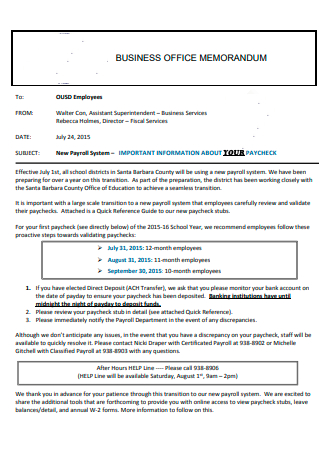
Business Office Memorandum
download now -
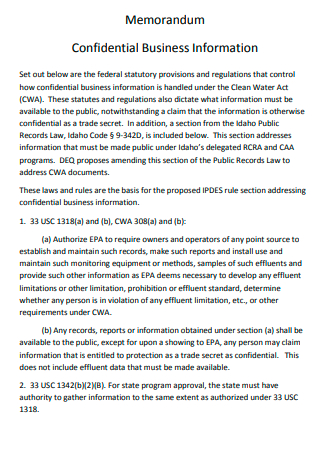
Confidential Business Information Memorandum
download now -

Small Business Supplemental Memorandum
download now -

Business Interruption Loan Scheme Memorandum
download now -
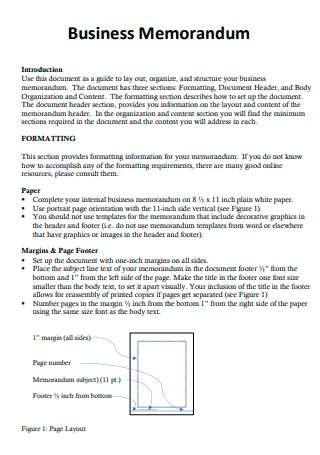
Business Memorandum Template
download now -

Business Corporation Tax Finance Memorandum
download now -
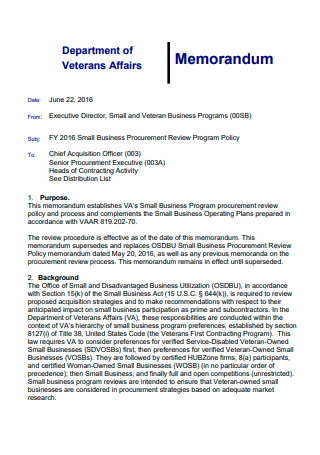
Business Programs Memorandum
download now -
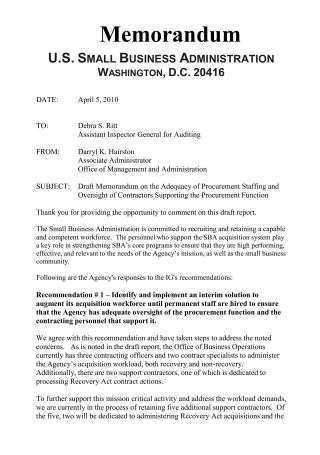
Small Business Administration Memorandum
download now -

Business Plan Information Memorandum
download now -
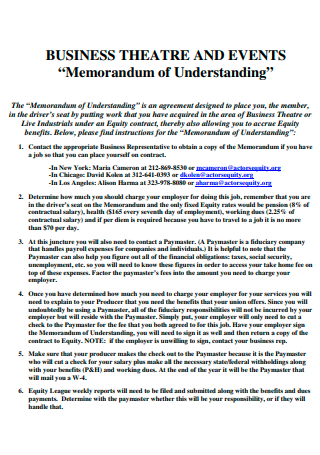
Business Threatre and Events Memorandum
download now -
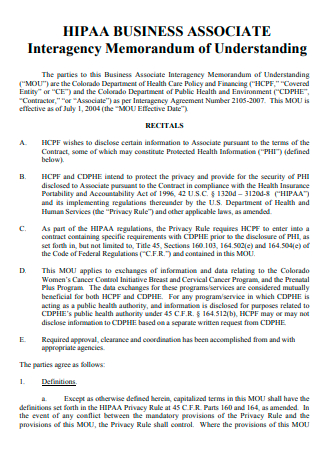
Business Associate Interagency Memorandum
download now -
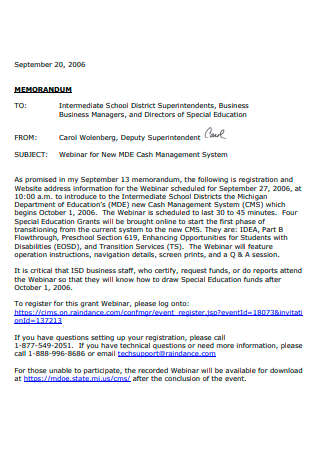
Business Memorandum in PDF
download now -
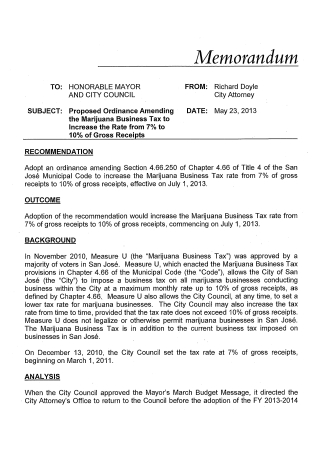
Business Tax Memorandum
download now -
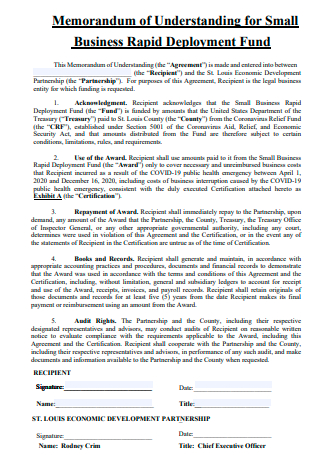
Business Rapid Deployment Fund Memorandum
download now -
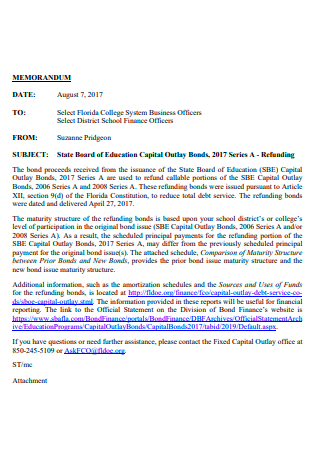
Printable Business Memorandum
download now -
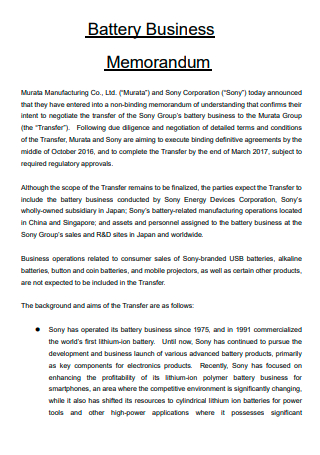
Battery Business Memorandum
download now -
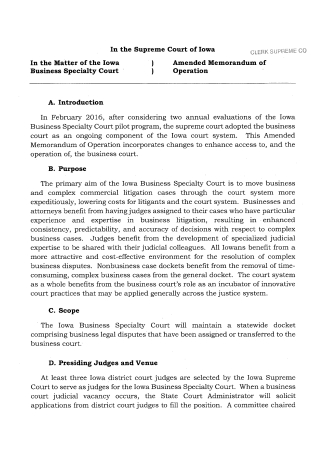
Business Speciality Amended Memorandum
download now -
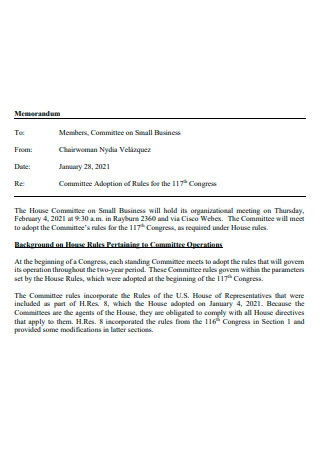
Committee on Business Memorandum
download now -
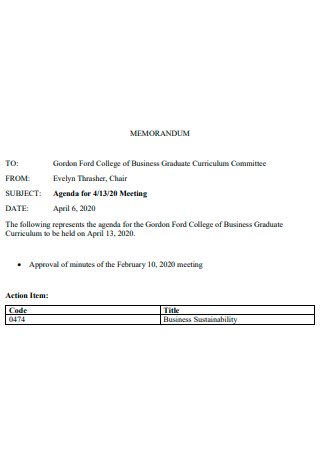
Business Graduate Curriculum Committee Memorandum
download now -
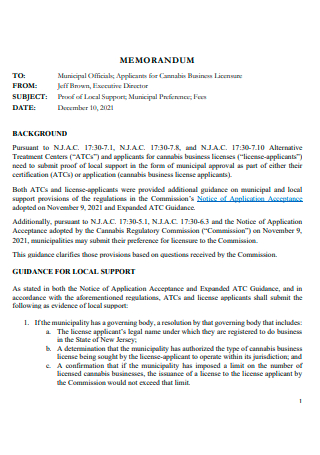
Business Licensure Memorandum
download now
FREE Business Memorandum s to Download
20+ SAMPLE Business Memorandum
What Is a Business Memorandum?
Why Is a Business Memorandum Important?
The Basic Parts of a Business Memorandum
What Are the Types of Memos?
How to Create a Business Memorandum Shortly
FAQs
What is another name for a memorandum?
Do memos have signatures?
What are the most notable advantages of a memo?
What Is a Business Memorandum?
A business memorandum, or business memo for short, is one of the formal documents used to communicate information to different audiences in an organization. And these documents are often used when sudden things to announce must happen instead of a long detailed report. Whether the memo is presented in a hard or soft copy, what matters the most is that the important bits of information to share are present in the document.
According to Kean University, there are four main types of memos—information memo, problem-solving memo, persuasion memo, and internal memo propopsal.
Why Is a Business Memorandum Important?
You might be wondering why there is a need to create a business memorandum when business letters exist too. And you should know that there are many reasons that prove just how essential a business memo can be, and these are a few major highlights:
Fast Alternative to Distribute Information
A business memo can talk about any professional business matter. And the crucial points will be broken down in a form of an executive summary using the memorandum. You can quickly spread information using the memorandum since it is summarized yet direct to the point. Hence, it is much safer to use business memoranda when sudden or urgent details must be communicated to your employees and audiences.
Pays Attention to Problems
Another feature of a business memorandum is how it aims to pay attention to problems. There could be topics about a price increase, data breach, or policy change. For issues that need immediate help, identifying the problem in a problem statement always comes first. That way, everyone who is part of an organization is wholly aware of the problem quickly. And by sharing about those issues, you can gather recommendations from the organization members on how to mitigate them.
Persuades Readers for Solutions
Identifying the problem is not enough because a business memorandum can also persuade anyone concerned in business to determine potential solutions and follow those solutions. A business memo can outline your company’s action plan on how to solve the problem. And the best part is it will be enumerated shortly rather than explaining a solution in really long paragraphs. But to compel company members means you should know how to connect with them until they observe the appropriate procedures according to plan.
Covers a Range of Topics
You can talk about anything essential in a business memo. Examples include an upcoming event plan, business meeting, marketing proposal, student assignment request, new technology announcement, internal accounting budget, real estate proposal outline, or even an official closing statement. No matter what the important subject is, a business memo can be used for various purposes. And that alone proves just how crucial the data inside such memos are.
The Basic Parts of a Business Memorandum
A business memorandum can cover an array of subjects so you would not know what to expect as to what the announcement or information is about. However, you can expect that there is a standard format in terms of how the memo is made. In this section, learn about the significant parts that make a business memorandum.
What Are the Types of Memos?
Kean University taught us that there are four main types of memos. These are the information memoranda, problem-solving memoranda, persuasion memoranda, and internal memorandum proposals. So what exactly are they? Here is an in-depth look at what each memo type means:
Information Memo
Like information sheets, the information memorandum is meant to share data. You may use it to request certain assistance or deliver business information shortly. And the common format for information memos is to write the main thought in the first paragraph, explain the details in the second, and insert the call to action in the third paragraph.
Problem-Solving Memo
The problem-solving memoranda are used to share specific action plans on how to fix a problem or improve a bad situation. This form of a memo focuses a lot on implementing solutions rather than simply delivering facts. The format is to write the problem statement in the first paragraph, analyze the issue in the second, write a recommendation in the third, and don’t forget to balance your details, such as mentioning both the advantages and disadvantages of each recommendation.
Persuasion Memo
A persuasion memorandum aims to inspire or encourage whoever reads the document to follow the commands stipulated inside. If problem-solving memos are the answer sheets towards what solutions are worth doing, then persuasion memos focus more on how to make those solutions or actions happen. Start the memo with the main point, follow the next paragraph with an introduction of the idea, then mention the benefits of the thought, and finally highlight the steps to handle along with the call to action.
Internal Memo Proposal
An internal memo proposal is when suggestions or recommendations are written to the head department or top management. Begin writing the reason for the suggestion. The second paragraph talks about the setting and the author’s proposal. Then, state the advantages in the third paragraph. The disadvantages would be in the fourth paragraph. And lastly, add a call-to-action statement in the last paragraph.
How to Create a Business Memorandum Shortly
A business memorandum is not that difficult to make, especially when you already learned so much about it from the previous sections discussed. Now for the real deal, apply what you learned and create the business memo itself by following these four easy steps:
Step 1: Optimize a Sample Business Memorandum
The easiest way to learn how to write a business memo is to use sample business memorandum templates for reference. You will have loads of samples to choose from such as business memos for students, employees, accounting, technology, and more. Also, you can just edit a template rather than create a memo from scratch because each template is editable and printable. Download and edit a template now!
Step 2: Figure Out the Type of Business Memo to Use
From the four main types of business memos discussed earlier, which one would you like to focus on? Remember that in writing a business memorandum, don’t write in the same layout or content every single time, especially when the data inside would differ depending on the subject or type of memo to use. The key is to set goals and stick to your statement of purpose so you won’t lose track of what to jot down in your document.
Step 3: Insert the Basic Elements of a Memo
From the “To” section, “From” section, down to the conclusion, be sure you have all the significant elements of a business memorandum covered in your document. Those are what’s responsible to complete your document as a memo in the first place. But, you may include more provisions and clauses too, but only relevant details of your topic.
Step 4: Keep the Details Clear, Short, and Complete
Conduct an evaluation of your whole memo and check if the details are clearly explained. Also, check if you did not only write the complete details but also wrote them comprehensively. If you think some words can be simplified or shortened, then do it. Short but straight-to-the-point messages would be highly appreciated compared to lengthy sentences with too many flowery words. Only submit the business memorandum to the recipients when you are done fact-checking your work.
FAQs
What is another name for a memorandum?
A memorandum can be referred to as a reminder or simply a memo.
Do memos have signatures?
Unlike how most formal letters are written, memos do not have a complimentary close and a signature. For some memos, only the author’s initials and branding are used but never the signature.
What are the most notable advantages of a memo?
Memos are notably known to be beneficial because of being quick to make, a convenient tool for communication, a cheap option, and a written document used for recordkeeping.
Memos are more than just making business documents look official. A business memo keeps everyone on the loop when business concerns must be shared in a company. And since you already learned the memo’s meaning, importance, elements, types, and steps on how to make one, you are more than ready to produce as many business memoranda as you want. So make every announcement count using sample business memorandum templates here on Sample.net!
